the750 MW capacity high voltage direct current (DC) electricity interconnector Marinus Link, proposed to strengthen the connection between Tasmania and Victoria on the National Electricity Market (NEM), has reached Stage 1 financial investment decision (FID).
The decision confirms there is a sound financial and economic investment case for proceeding to the construction phase of Stage 1, based on an assessment of forecast costs, revenue, associated benefits, and risks.
Marinus Link Pty Ltd (MLPL) Chief Executive Officer Stephanie McGregor said Marinus Link’s legacy has been cemented in Australia’s energy system, economy and climate aspirations.
“The coming together of three jurisdictions demonstrates Marinus Link’s truly national significance and benefit across the National Electricity Market, as well as directly to communities in Tasmania and Victoria,” McGregor said.
“Everyone who has worked on Marinus Link from conception to now deserves credit for this historic achievement and should be incredibly proud. Your conviction will change the course of a nation.”
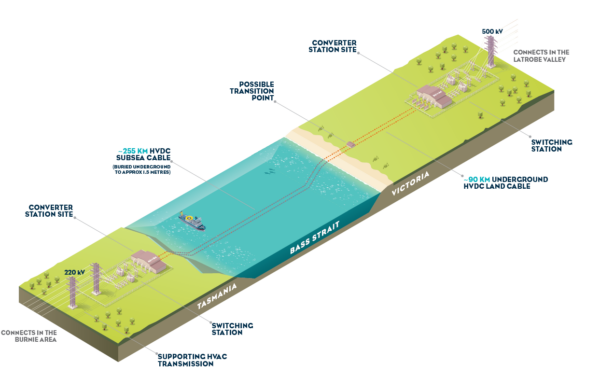
Image: Marinus Link Pty Ltd
The Marinus Link underwater cable will transfer reliable renewable Tasmanian hydroelectricity to the mainland and provide the island state with improved access to the NEM.
Hydro Tasmania Chief Executive Officer Rachel Watson said Marinus Link and the North-West Transmission Development were critical investments in Tasmania’s energy future.
“A modern energy system that meets growing demand, keeps prices as low as possible and mitigates climate risks will require a combination of interconnection, transmission and flexible hydro capacity working in concert with wind and solar,” Watson said.
“Marinus will deliver additional resilience during dry conditions, allowing Hydro Tasmania to strategically manage water levels in our dams.”
Watson added, that critically, Marinus Link will help attract new wind and solar generation we needed to complement the state’s extensive hydro network and grow overall generation capacity.

Image: Hydro Tasmania
Marinus Link will also unlock greater access to the NEM to increase revenue returns and bolster the Tasmanian budget.
“When we trade electricity, we buy and sell for short periods that generally offset each other over time. It doesn’t impact energy availability in Tasmania,” Watson said.
“We take excess power from the mainland when their wind and solar are working overtime and save the precious water in our dams. We sell energy back when demand spikes and the price goes up.”
Watson said Hydro Tasmania’s profits are returned to the people of Tasmania through a dividend, so the government can spend more on vital infrastructure such as schools, hospitals and housing.
A recent report to the Australian Energy Regulator (AER) found that building Marinus Link would deliver more than $1 billion (USD 640 million) in climate pollution savings while putting downward pressure on consumer energy bills.
Federal Minister for Climate Change and Energy Chris Bowen said the Marinus Link will deliver an economic boost to Tasmania and wider Australian industry during construction as well as having long lasting benefits by improving the transmission of cleaner reliable renewable energy.
“The former Morrison Government used to talk a lot about Marinus Link and how important it is. We’re getting on with the job and actually delivering it,” Bowen said.
“The Albanese government is committed to delivering a clean energy future that benefits all Australians.”
The Stage 1 construction phase is expected to start in 2026, subject to final environmental and regulatory approvals. Stage 1 is scheduled for completion by 2030.
This content is protected by copyright and may not be reused. If you want to cooperate with us and would like to reuse some of our content, please contact: editors@pv-magazine.com.
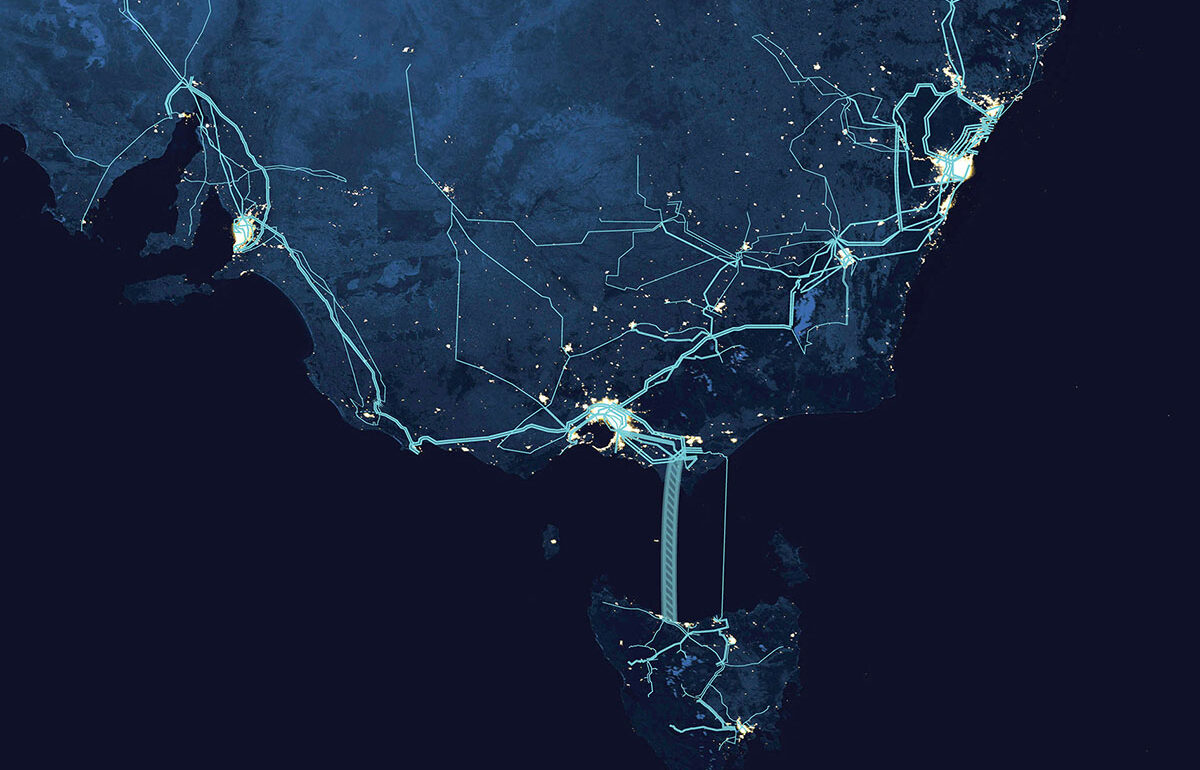
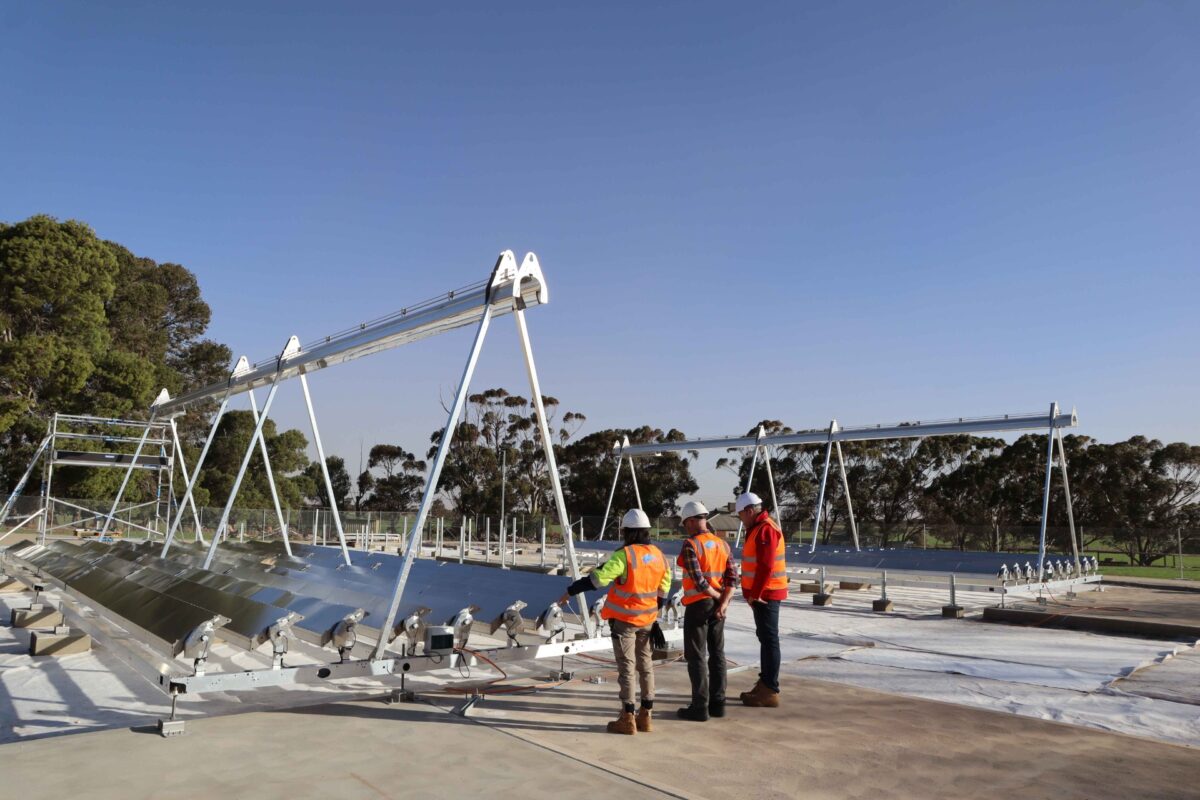


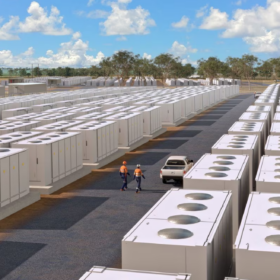
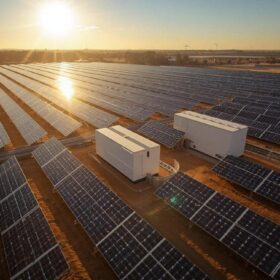
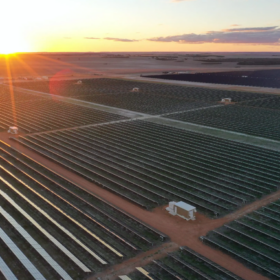
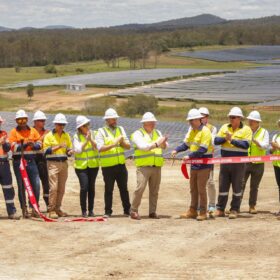

By submitting this form you agree to pv magazine using your data for the purposes of publishing your comment.
Your personal data will only be disclosed or otherwise transmitted to third parties for the purposes of spam filtering or if this is necessary for technical maintenance of the website. Any other transfer to third parties will not take place unless this is justified on the basis of applicable data protection regulations or if pv magazine is legally obliged to do so.
You may revoke this consent at any time with effect for the future, in which case your personal data will be deleted immediately. Otherwise, your data will be deleted if pv magazine has processed your request or the purpose of data storage is fulfilled.
Further information on data privacy can be found in our Data Protection Policy.